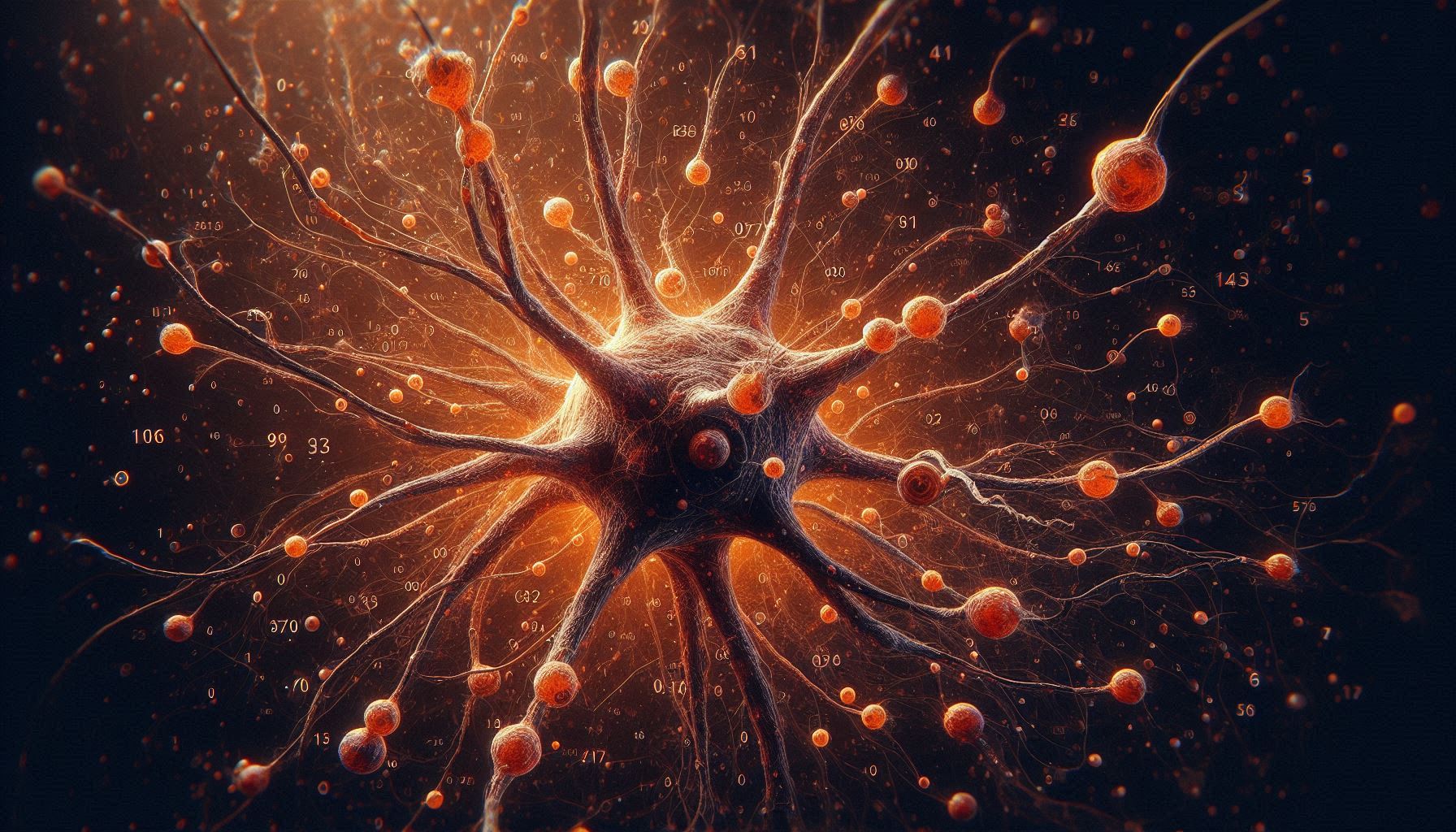Cosmix (eary diagnosis)

Understanding tumor heterogeneity at the cellular level is crucial for developing targeted therapies. COSMIX aims to integrate cutting-edge multi-omics technologies—including mass spectrometry imaging (MSI), single-cell proteogenomics, and transomics—to characterize the tumor microenvironment with unprecedented resolution. By leveraging deep learning, innovative imaging approaches, and advanced molecular profiling, COSMIX seeks to reveal the complex interactions driving cancer progression.
COSMIX aims to bridge spatial and single-cell multi-omics to uncover the molecular mechanisms underlying tumor evolution. By mapping protein interactions, metabolic variations, and transcriptomic changes at a clonal level, the project provides a comprehensive framework for personalized cancer research.
Key Research Axes
Proteogenomics for Tumor Heterogeneity
Tumor heterogeneity results from dynamic clonal evolution, which complicates treatment strategies. Understanding these variations requires a multi-layered approach that integrates genomic, transcriptomic, and proteomic data.
Challenges Addressed
- Linking transcriptomic variations, including non-coding RNAs and mutations, to proteomic expression.
- Identifying and characterizing alternative proteins and post-translational modifications in tumor clones.
- Developing workflows for single-cell proteogenomics in patient-derived models.
Key Developments
- Implementation of single-cell using advanced mass spectrometry techniques.
- Development of new pipelines for proteogenomic analysis, including ghost proteins also call non-canonical open reading frames (ORFs), in collaboration with Université de Sherbrooke and CNRS UMR 8199.
- Integration of glycoproteogenomics through the IRP GhostGly initiative (Yale University).
3D Tumor Models and Bioprinting for Functional Analyses
Standard in vitro models fail to capture the complexity of the tumor microenvironment. COSMIX integrates patient-derived organoids and 3D bioprinting to create physiologically relevant cancer models.
Challenges Addressed
- Modeling tumor complexity, including immune and stromal interactions.
- Comparing proteomic and metabolomic profiles of normal and cancerous tissues.
- Evaluating drug responses and resistance mechanisms at the clonal level.
Key Developments
- Establishment of a breast cancer organoid library in collaboration with OCR and Oscar Lambret.
- Development of bioprinted tumor models incorporating cancer cells, macrophages, and microbiota.
- Drug screening and proteomic analysis of tumor clones to identify personalized therapeutic targets.
Spatial and Multiplex Imaging for Tumor Characterization
Spatial proteomics and high-throughput imaging provide crucial insights into tumor organization and biomarker distribution. COSMIX enhances imaging techniques to map tumor composition with molecular precision.
Challenges Addressed
- High-resolution spatial analysis of proteins, metabolites, and lipids in tumor biopsies.
- Identification of tumor biomarkers in archival FFPE samples.
- Development of highly multiplexed imaging methods for large-scale tissue profiling.
Key Developments
- Implementation of BATMASS, a novel multiplex imaging platform using tagged aptamers for 100+ protein markers.
- Advanced MS Imaging (MALDI-MSI, DESI-MSI, SpiderMass) for spatial analysis of fresh-frozen and FFPE tissues.
- High-throughput drug monitoring using spatial omics approaches.
Protein-Protein Interaction Dynamics
Protein-protein interactions (PPIs) regulate key cellular processes but remain difficult to study in complex tumor environments. COSMIX aims to map these interactions at organellar resolution and track their dynamics in response to environmental stimuli.
Challenges Addressed
- Capturing transient and low-affinity PPIs in the tumor microenvironment.
- Investigating protein interactions in insoluble cellular compartments.
- Understanding the role of proteoforms in tumor progression.
Key Developments
- Crosslinking mass spectrometry (XL-MS) for mapping PPIs in tumor samples.
- BioID and advanced protein chemistry techniques for identifying functional protein networks.
- ProteomicEX technology for nanoscale proteomic localization and dynamic interaction analysis.